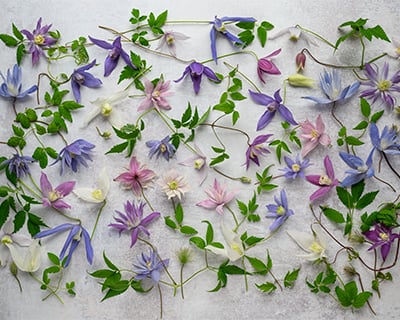Using Atragene clematis in the garden
Shade-tolerant and early-flowering, these graceful climbers are a great choice for small gardens
Shade-tolerant and early-flowering, these graceful climbers are a great choice for small gardens
The RHS is the UK’s gardening charity, helping people and plants to grow - nurturing a healthier, happier world, one person and one plant at a time.
